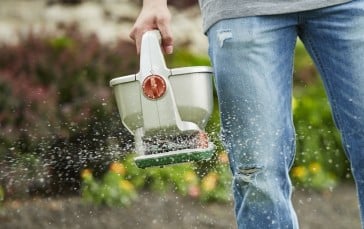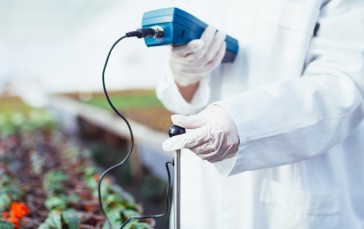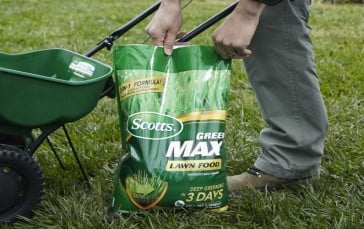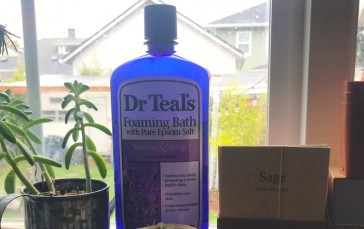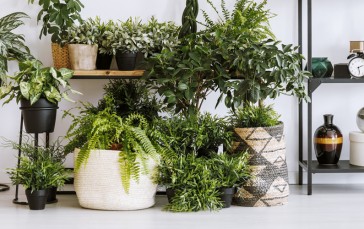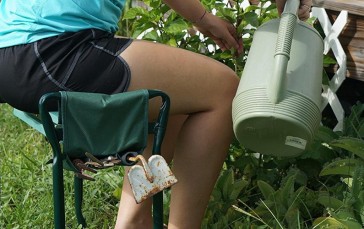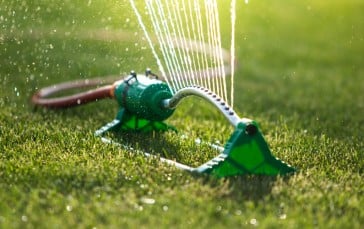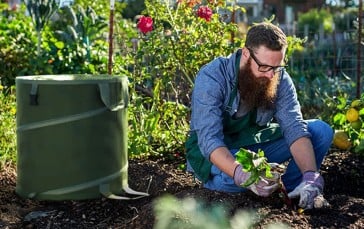Benefits And Facts About Aquaponics
For those of you unfamiliar with the term aquaponics, don’t worry. We’re about to enlighten you in a user-friendly way.
Aquaponics is actually a highly sustainable and effective food production process which fuses two traditional elements; namely the methods of aquaculture with hydroponics. Hence the name, aquaponics, which is in itself an amalgamation of the two words. We like that.
The symbiotic relationship doesn’t just stop there, though. Before we delve in deeper and uncover What Is Aquaponics and What Are The Benefits, let’s quickly explain how the process works. An aquaponics system relies upon two things; animals and plants. Plants process the effluent produced by the aquatic animals as sustenance. You could say that it’s a win-win situation and one that involves a perfect partnership. As part of the process, the plants, in turn, purify the water for their aquatic inhabitants.
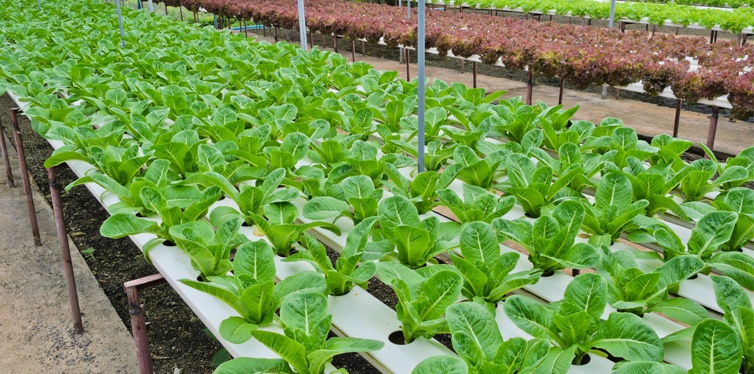
What Are the Main Types of Aquaponic Systems?
Of course, the size and complexity of aquaponic farming systems differ significantly, but it is entirely possible to build your own very cost effective and low budget home aquaponics system. There are, in effect, three main types of aquaponics systems popularly installed. These are as follows:
Media Filled Beds
Nutrient Film Technique
Deep Water Culture
Let’s take a quick look at what differentiates each before examining the overall benefits.
Media Filled Beds
In a Media Filled bed system, containers are utilized which are filled with a substance such as clay rock or another similar type of material. These are the simplest style of aquaponics and the easiest to set up. Water from a fish tank is then pumped over the clay, encouraging the plants to grow. With this type of bed system, continuous water flow is in operation, so a flood or draining system is also required.
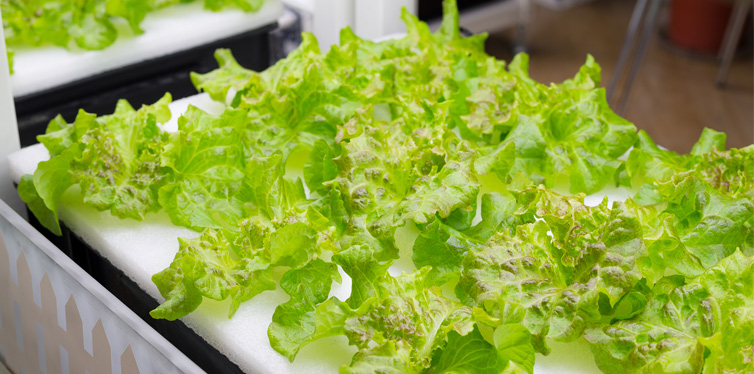
Nutrient Film Technique
With Nutrient Film Aquaponics, water-rich nutrients are instead pumped into small gutters into which are placed a series of small cups filled with plants. The plants can easily absorb the nutrients and water they need from the flowing water which resembles a very thin film, hence the name. This system isn’t suitable for all plant types, but it does work particularly well for the leafy green vegetable garden plants. If a plant has much larger and more invasive roots which require more space, then this restrictive space technique just won’t be appropriate.
Deep Water Culture
In the film technique deployed, known as Deep Water Culture, plants and their roots float and hang in the water. This process is commonly used by larger, more commercial plant growers. You might see floating foam rafts being used in this technique.
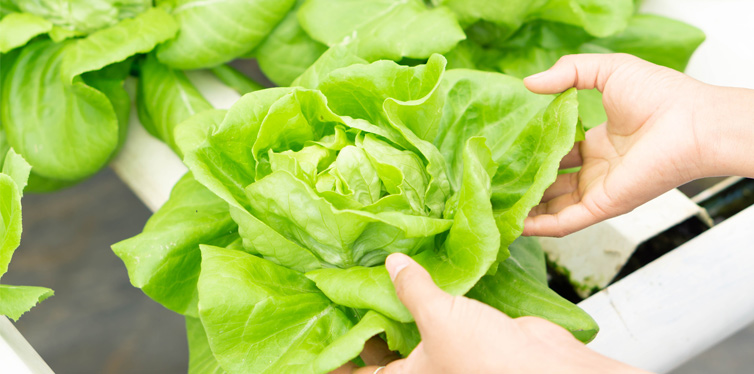
What Are The Benefits Of Aquaponics?
We’ve already covered off what the basics of aquaponics so let’s take a look now at the benefits, especially if you are looking to set up your own aquaponics system at home. You might be surprised to learn just how many advantages this style of cultivation has. We’ll just run your through some of the most obvious benefits you will experience.
Space Saving
The beauty of installing an aquaponics system is that you can have multiple plants placed much closer together than you normally would be able to, meaning that it saves you more space overall. The reason being that because the roots are permanently submerged under water which is rich in essential nutrients, then don’t end up being overcrowded and fighting for a limited food source to grow. For this reason alone, many successful gardeners favor an aquaponic system at home because it takes up so much less space, meaning less impact on your home environment.
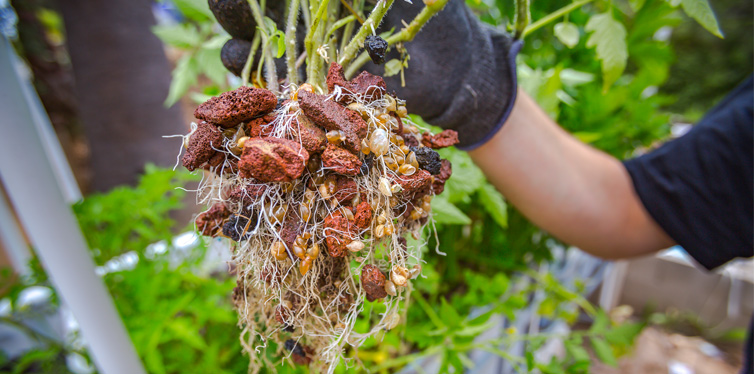
There’s No Weeding Necessary
We don’t know about you, but that has to be one of the most significant advantages right there! Is there anything more frustrating, or inclined to give you a backache, than having to bend over in the garden regularly with weeding tools or use weed killers. It’s enough to put many people off gardening in the first place. With aquaponics, there’s absolutely no weeding necessary. The system itself doesn’t create a favorable condition for any weeds to grow. Quite simply, there’s no soil! So you can enjoy more freedom and less toil from your green-fingered endeavors.
No Soil Means No Soil Pests And No Watering Either
Without the presence of soil, there’s no danger of soil pests destroying your plants and no need to use toxic and environmentally unfriendly pesticides either. Pesticides can, unfortunately, be absorbed by the plants you are growing, so aquaponics offers a much more friendly and sustainable means of growth. However, if you still have a soil based garden, be sure to use soil testing kits and control the quality of your soil. With aquaponics there’s no need to go around with your watering can or garden hose and constantly water your plants which again is a time saving as well as environmental advantage. Crops can fail based on the seasons, either having too much or not enough water. With an aquaponics system, you are continually recycling and recirculating an existing water supply, which means that you don’t need to keep on top of the process yourself.
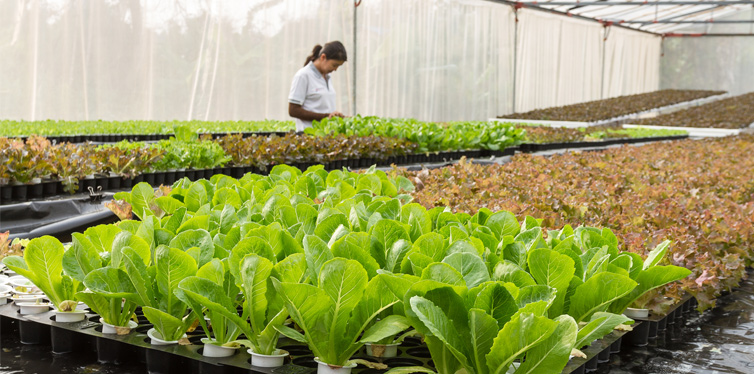
You Could Save And Make Money
If you’ve installed an aquaponics system at home, chances are that you will see your food production increase significantly. That means fewer trips to the grocers to stock up on essential supplies, but you could also think about starting your own vegetable and fish supplies business. You might start out supping your family with extra lettuces but who knows where it might end up! Just make sure that you have all the correct licenses in place first before you start mass producing goods for sale.
Plants Grow Faster And More Efficiently
Your plants are being provided with a valuable source of nutrients 24/7, which means that they are going to grow stronger and healthier, faster. Take that humble lettuce we just mentioned. Under normal circumstances where the seeds have been planted in soil, you can expect to wait 2 months before you can harvest that lettuce. In an aquaponics system that period is halved to just one month.
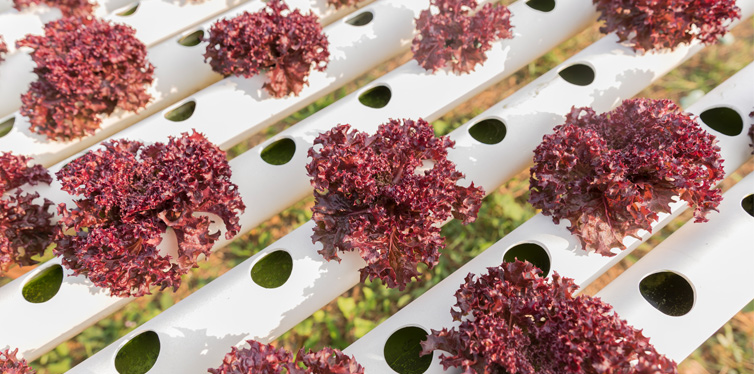
No Hard Labour For You
OK, so for some of you, this might be seen as a disadvantage, especially if you actively enjoy getting outdoors, gardening in the fresh air and enjoying some exercise. However, for those of you who struggle with the backache that can accompany traditional gardening techniques, aquaponics is a much gentler and user-friendly activity. You can relax, put your gardening gloves on and grow and manage your plants at waist level, which can be a real benefit, especially to the older gardeners among you.
Health And Sustainability
Finally, if you’re at all interested in what you and your family consume and it’s important to know where your food comes from and how it’s been cultivated, then there’s no substitute to growing your own. You will also have peace of mind knowing that you are involved in a highly sustainable activity which works in harmony with the natural ecological balance between aquatic life and plant life and is adding to the reproduction of resources but without having to deplete any previous natural resources in the process.


